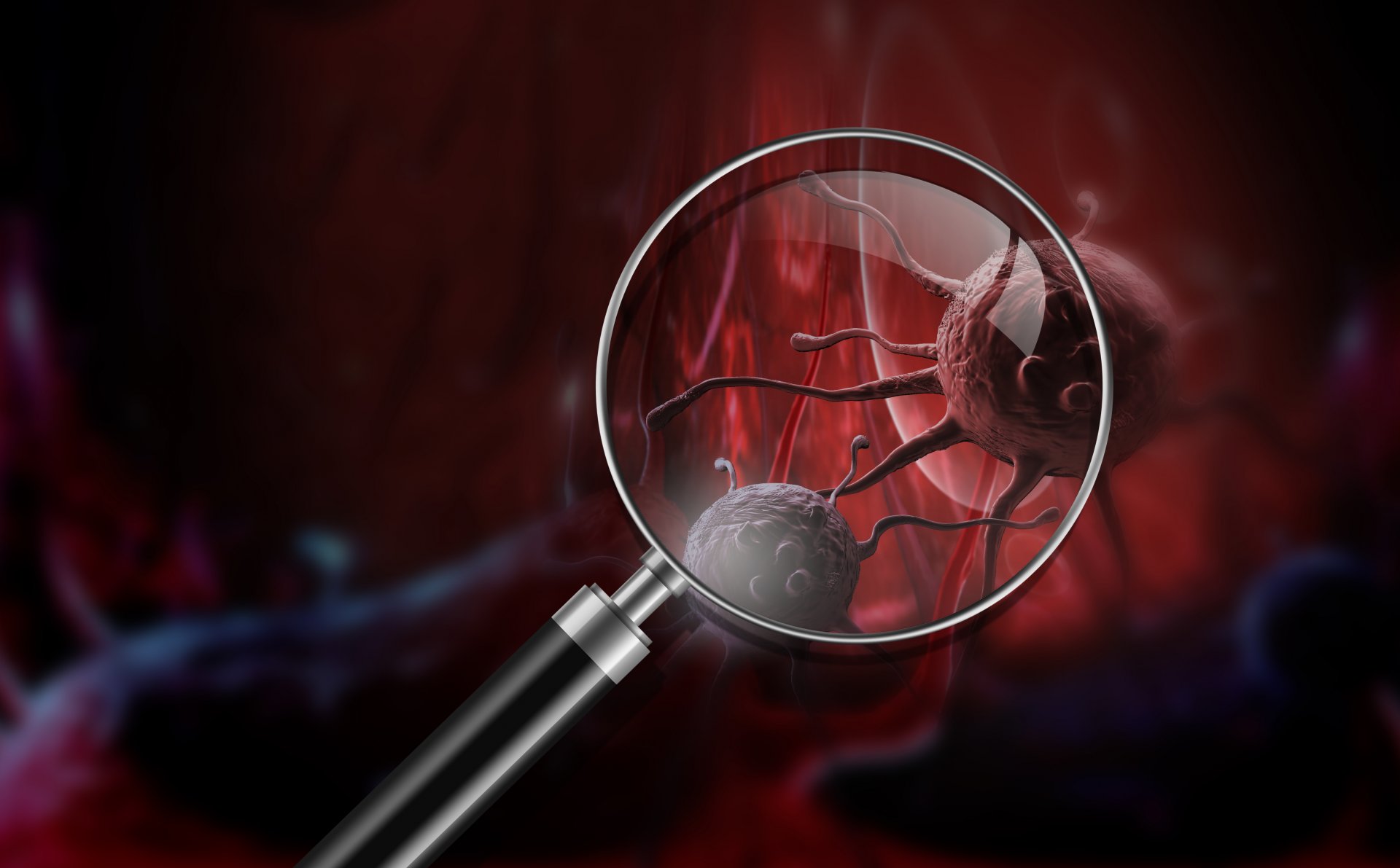The relation of endotoxins with tumor necrosis
 The causes of hemorrhagic tumour necrosis were an enigma to scientists until the middle of the last century. A study signed by Carswell et al, which stated that one of the indirect causes of tumour necrosis were bacterial endotoxins, was published in 1975. The authors of this study showed that endotoxins were responsible for the secretion of a substance selectively toxic to tumour cells, called the tumour necrosis factor, known as TNF by its acronym. About 10 years later, it was possible to sequence the complementary DNA encoding for TNF release, found to belong to the family encoding for lymphotoxin, and the receptors of these proteins were also found to belong to a superfamily, whose common feature is that they manage to trigger the lysis of tumour cells. The substance known as TNF alpha is cachectin, while lymphotoxin is known as TNF beta. These proteins are proinflammatory cytokines, named so for being released as a response of the immune system to the presence of tumours, bacteria and other foreign bodies in the body.
The causes of hemorrhagic tumour necrosis were an enigma to scientists until the middle of the last century. A study signed by Carswell et al, which stated that one of the indirect causes of tumour necrosis were bacterial endotoxins, was published in 1975. The authors of this study showed that endotoxins were responsible for the secretion of a substance selectively toxic to tumour cells, called the tumour necrosis factor, known as TNF by its acronym. About 10 years later, it was possible to sequence the complementary DNA encoding for TNF release, found to belong to the family encoding for lymphotoxin, and the receptors of these proteins were also found to belong to a superfamily, whose common feature is that they manage to trigger the lysis of tumour cells. The substance known as TNF alpha is cachectin, while lymphotoxin is known as TNF beta. These proteins are proinflammatory cytokines, named so for being released as a response of the immune system to the presence of tumours, bacteria and other foreign bodies in the body.
In the experiments conducted with laboratory animals, primarily rats and mice, it has been shown that effects such as fever and sepsis produced by endotoxins are observed if the animals are injected with TNF alpha. Furthermore, it has been found that if animals are pre-treated with TNF alpha antibodies, the effects described when infected with Gram-negative bacteria or when directly injected with endotoxins do not appear.
The relationship of endotoxins with tumor necrosis is complex and requires more research to fully be understood. With all the knowledge we have about the mechanisms of tumour necrosis, we can say that endotoxins are involved in processes that trigger necrosis and are closely linked to factors that regulate this process. What researchers would like to do is manipulate these substances to trigger the phenomenon of necrosis whenever they want. For scientists to have different reagents ready for use at their disposal, the brand PYROSTAR™ continues to bring out different kits that can determine the presence of endotoxins in a sample.
These are some of the kits of the brand PYROSTAR™ with which the analysis of bacterial endotoxins can be performed using, as an analytical test, the gelation in an amebocyte lysate extracted from the hemolymph of the crab Limulus polyphemus (LAL method).
- The Limulus Color KY Kit, based on colour development in the reaction tube in the presence of endotoxins. Among the reagents contained in this kit is a yellow dye for nitroaniline bound to a peptide that produces a colourless compound. The colour that appears on the tube is due to the release of p-nitroaniline, as a result of the reactions that trigger the amebocyte enzymes in the presence of lipopolysaccharides. With this kit, qualitative or quantitative determinations can be carried out since the colour intensity correlates with the concentration of endotoxins.
- The 100 PYROSTAR™ ES-F Kit, consists of 100 tests of endotoxins, where gelation occurs with the use of the LAL test. The magnitude of the gelation is directly proportional to the amount of endotoxins present in the sample, and the tests are designed so that the kinetic turbidimetric method is used as a method of detection. This kit can also be purchased in a format with 4 tests or with one test alone.
Bibliography:
1) E A Carswell, L J Old, R L Kassel, S Green, N Fiore, B Williamson, Proc. Nat. Acad. Sci. , 72, 3666-3670, (1975).
2) D. Pennica, G.E. Nedwin, J.S. Hayflick, P.H. Seeburg, R. Deyrynck, M.A. Palladino, W.J. Kohr, B.B. Aggarwal, D.V. Goeddel, Nature, 312, 724–729, (1984).
REAGENTS FOR TESTS OF BACTERIAL ENDOTOXINS:
| PYROSTAR™ ES-F/Plate | Limulus PS Single Test | Lysate Reagent Water |






